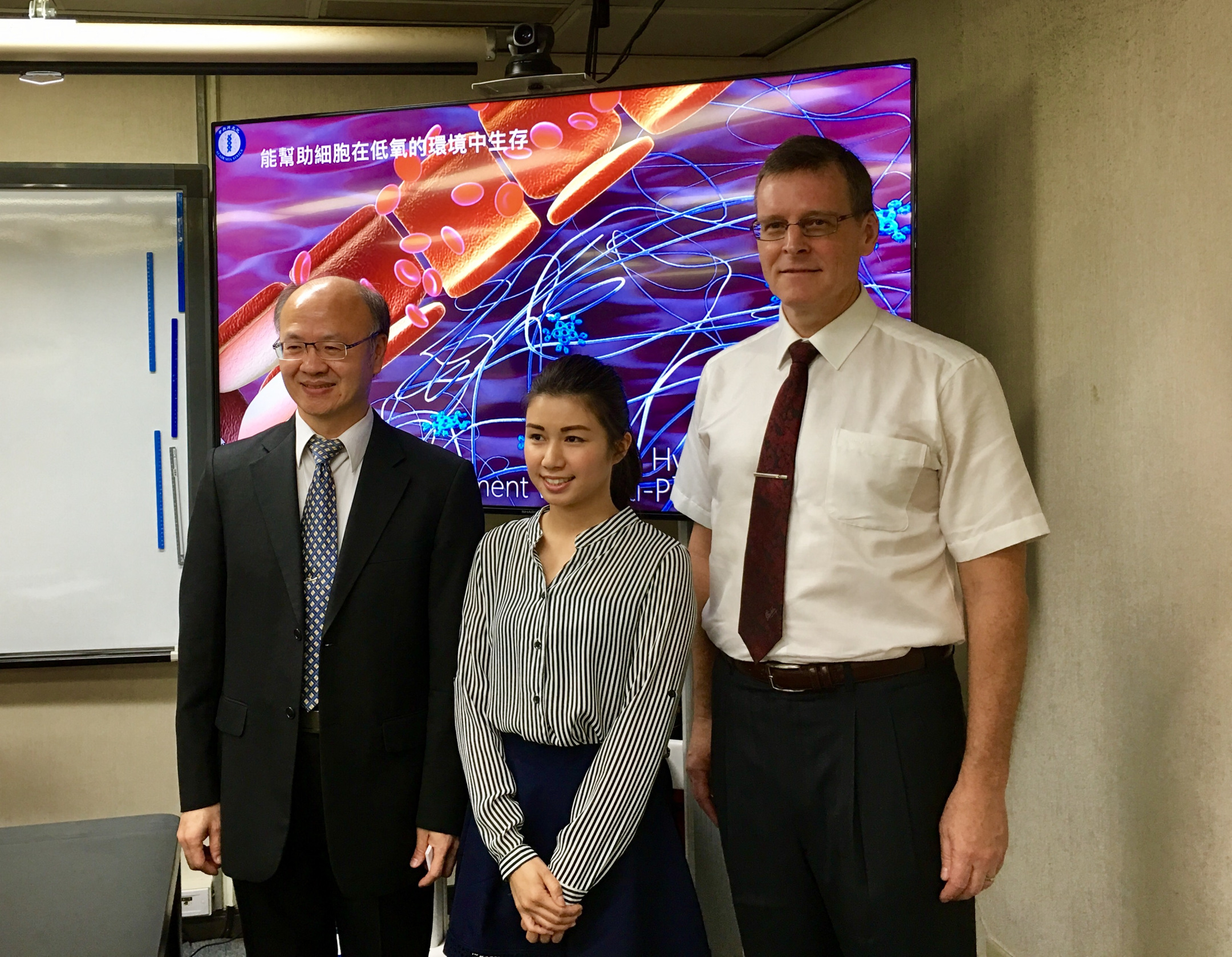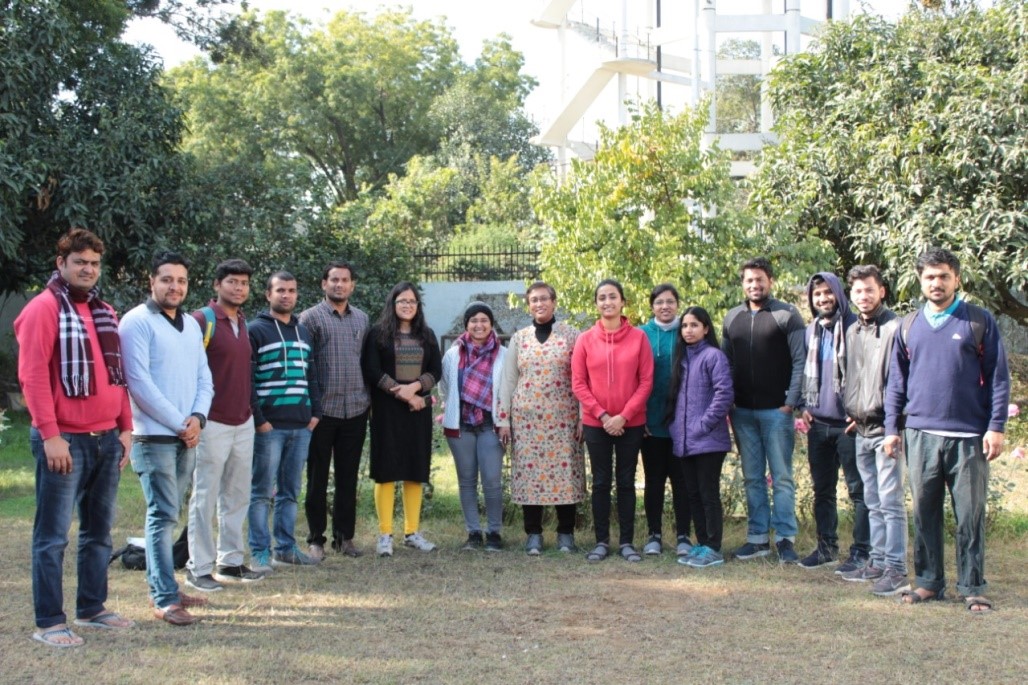
Drug Capture System Developed to treat Limb Ischemia
- News
- 2.5K
Limb ischemia is a disease where the flow of oxygenated blood to the legs and feet is reduced. It is particularly common in patients with diabetes, high blood pressure or high cholesterol levels. It results in pain, difficulty walking, and sometimes requires amputation of the leg.
Dr. Patrick Ching-Ho Hsieh, Dr. Steve Roffler, and colleagues at the Institute of Biomedical Sciences have announced a new treatment for limb ischemia that may solve many of the traditional problems for treating the disease. The new system is able to reduce the extent of tissue injury soon after blood flow reduction occurs, and speed up tissue regeneration over the subsequent weeks.
The study, which uses a specially-designed “drug capture system” to improve the targeting of growth factors (proteins stimulating cell growth and healing) to the diseased leg tissue was published in the academic journal Science Translational Medicine, on 16th November 2016.
The new capture system works by using two complimentary pieces of a biological jigsaw puzzle. First, an antibody/hydrogel combination is injected into the injured muscle tissue, and later growth factors are delivered. When the growth factors arrive at the muscle tissue through the blood, they bind to antibodies, becoming trapped and building up to achieve a therapeutic effect. The team tested the system in mice and pigs with hind limb ischemia and found significant improvements in the recovery from injury.
Cardiac surgeon Dr. Patrick Hsieh co-corresponding author of the article said: “I was motivated to undertake this study because I know from the clinic that limb ischemia is a real problem for patients in Taiwan—particularly in elderly or diabetic patients with poor blood flow. This is a very exciting development.”
“Typically, less than 1% of the medication given to a patient will actually reach the damaged leg tissue, and even then, it doesn’t stay there for very long. Using this new system, we were able to improve the retention of drugs at the correct site by up to ten times, thus improving the treatment,” he added.
First author Ms. Jasmine Wu said that “after injecting the drug capture system, we used two growth factors to treat the limb ischemia in mice. The first one is given soon after the injury to protect the tissues from damage, and the second one encourages new blood vessels to form. In combination, this saved the limbs of the mice and increased the blood flow by more than 40%.”
It is hoped that human clinical trials can begin soon, which could eventually lead to this treatment being used to treat human patients in the clinic.
The research was funded by the Ministry of Science and Technology and the Ministry of Health and Welfare of Taiwan, Taiwan Bio-Development Foundation, and Academia Sinica.
The full article entitled “Reloadable Multi-Drug Capturing Delivery System for Targeted Ischemic Disease Treatment” can be found at the Science Translational Medicine website at http://stm.sciencemag.org/content/8/365/365ra160


